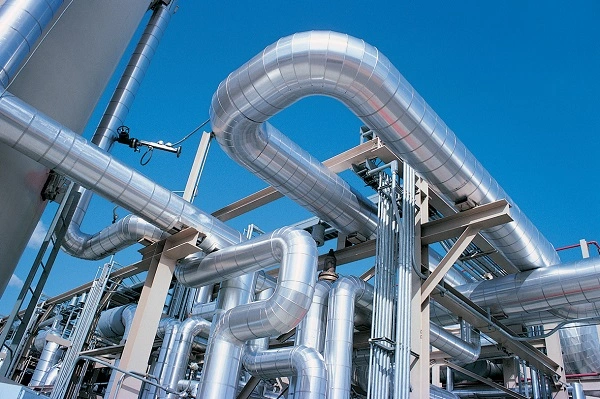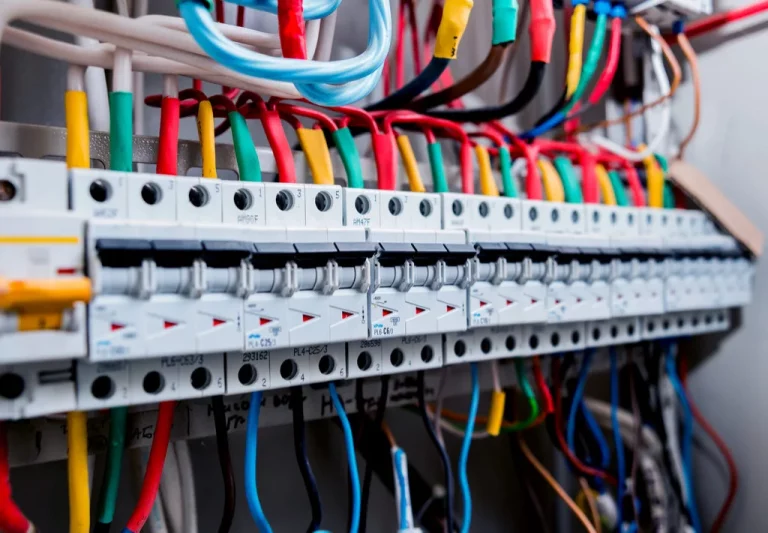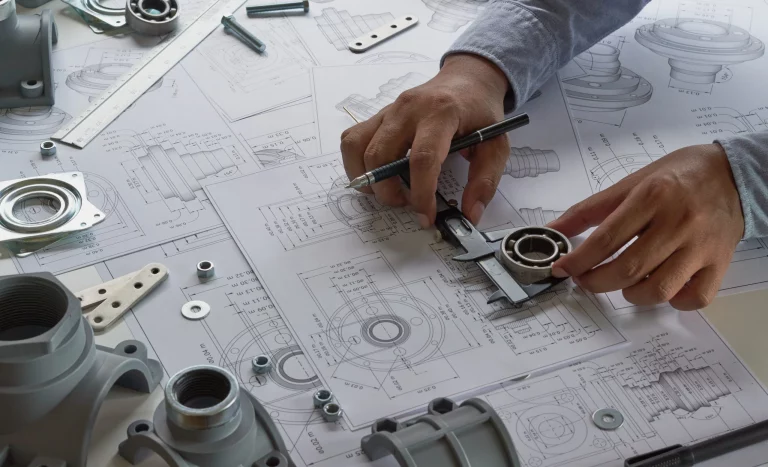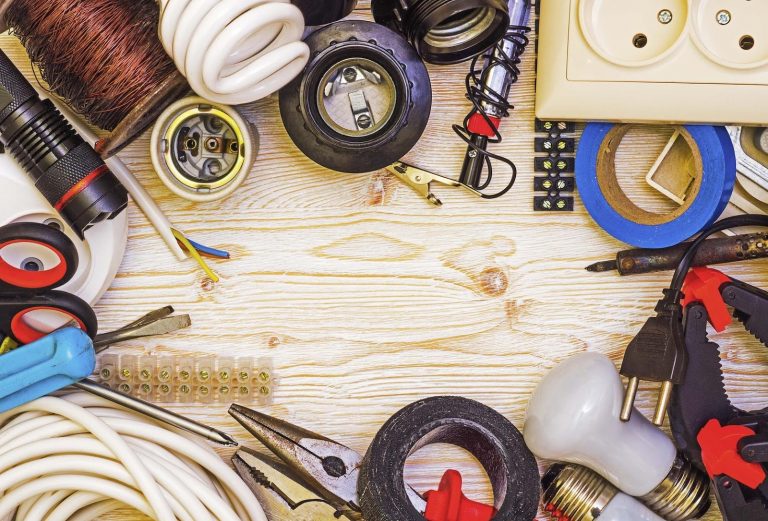Installation of Plumbing: Essential Tips for Home Owners and Contractors
The functioning of a plumbing system depends upon the proper Installation of Plumbing components. A plumbing system is composed of various parts such as pipes, vents, water heaters, and water and gas supply lines. These components need to be installed efficiently and at the right location. There shouldn’t be any overlap with mechanical and electrical systems, as it will hinder the work.
This article will explain how to install a plumbing system effectively.
LEARN ABOUT THE KEY FACTORS IN THE INSTALLATION OF PLUMBING SYSTEMS AND GAIN INSIGHTS INTO INSIDER TIPS ABOUT INSTALLING VARIOUS COMPONENTS OF PLUMBING!
Understanding the Installation of a Plumbing System
Let’s understand the installation of the plumbing system by breaking it down into various parts.
1) How to Effectively Plan a Plumbing Layout?
Gather relevant information about the site and identify your plumbing needs. Analyze the scope of work and carefully understand the site’s sections, elevations, and specifications. You need to have access to the building’s blueprints and MEP drawings for effective installation.
Plan fixture placement and access points. Furthermore, map out the routes for pipelines by identifying water and drainage needs. Make sure that there are no overlaps with other technical aspects of mechanical or electrical systems.
2) Navigating the Drainage System
For effective installation of plumbing systems, homeowners or contractors need to learn how to install drainage systems. Start by choosing a drainage system by considering your needs and environmental conditions. Can you get an exterior drainage system? What is the condition of the soil and ground? Are there any other power or gas lines buried in the location? Answering these questions will help the installation process.
3) Role of Vent Pipes
Vent Pipes play a key role in regulating air pressure in the pipes, so they are an integral part of the plumbing system. There are several types of plumbing vent pipes, such as true vents, common vents, loop vents, island vents, etc.
A vent stack should be installed near the plumbing fixture. Furthermore, the diameter of the vent needs to be at least 1/2 of the connected drain.
4) Installation of Water Supply Lines
Water supply lines can be costly to install. An MEP Estimator can help to prevent cost overruns by predicting future costs, so you have one less thing to worry about!
Some important considerations for installing water supply lines include:
- The size of the pipe diameter should be according to the rate of flow of water
- adding antifreeze, and insulating exposed pipes to prevent freezing and damage to water supply lines
- Always test the pressure of the water lines to ensure that they are functioning well
- The depth of the trench should be sufficient to protect pipes from sunlight
5) Plumbing Fixture
The installation of plumbing fixtures depends on the type of fixture. Some common installation mistakes that people tend to make are using the wrong type of tape or seal. To install a plumbing fixture, a watertight seal needs to be made to avoid any leaks. It should be wrapped properly and in the right direction.
Other than that, sometimes hot and cold water lines are not connected properly. It can cause discomfort and irritation. Other than that, it’s also important to plan for spills.
Additional Tips for Installation of Plumbing System
1) Consider Maintenance of Plumbing System
When you are installing a plumbing system, do consider future maintenance needs. Most homeowners don’t account for maintenance requirements and have to touch up the plumbing system again and again. For longevity, one had to take precautionary measures during installation.
2) Manage Budget
One of the most important aspects of installing a plumbing system is to create an accurate budget. Professional Plumbing Estimating Services calculates a budget by considering the material, labour, equipment, and overhead expenses. Moreover, the use of advanced cost estimating software such as Fastpipe, FastDuct, Stack, Planswift, etc, makes the estimates quick and precise.
3) Adhere to Local Codes
ALWAYS abide by the local rules and regulations. Every area has a set of construction rules that need to be followed. These rules can vary from place to place, so it’s important to know about the legal requirements in your area.
4) Carefully Select the Type of Pipe
The pipe you choose should fulfil your plumbing needs and fall within your range. It should be strong and durable as well. Residential Plumbing Estimating can help you to pick pipes that fall within your budget. In addition to creating budgets, estimators also help to maintain the quality of the system.
5) Prioritize Energy Efficient System
An energy-efficient plumbing system will not only benefit the environment but also the homeowner. There will be fewer energy bills so running costs can be reduced. Effective plumbing only consumes the energy that is needed for optimal work.
SEEK HELP FROM A PROFESSIONAL ESTIMATOR TO MAKE SURE THAT YOUR PLUMBING PROJECT STAYS WITHIN BUDGET AND FOLLOWS LOCAL CONSTRUCTION REGULATIONS.
Final Thoughts
Installation of a plumbing system can be difficult when you don’t know what you are doing. There are a lot of small variables that need to be considered. Another common hurdle that homeowners and contractors face is controlling the cost of the plumbing installation project. In a construction project, there are a lot of chances of cost overruns. Without any financial plan, starting a construction project is a bad idea. You always need to start by creating a comprehensive and accurate budget. A professional estimator is the best option as they are competent with years of experience.







